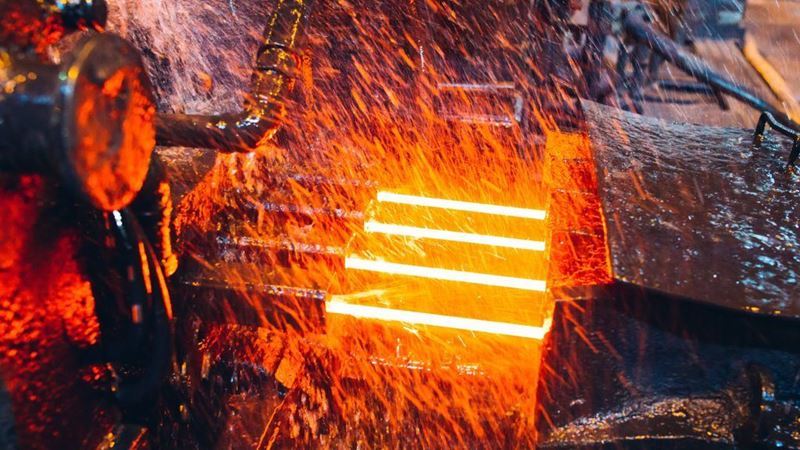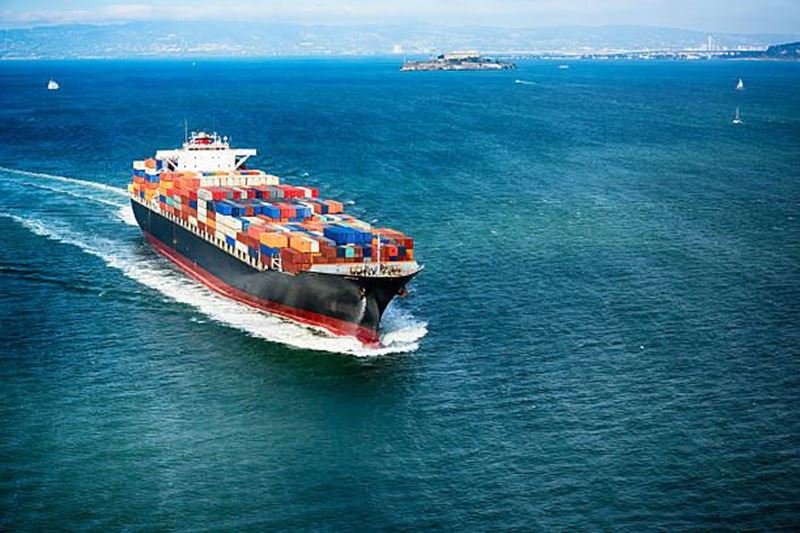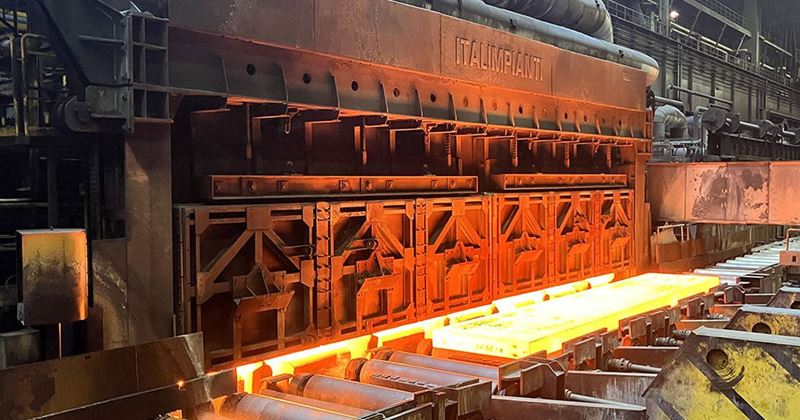According to Jernkontoret, Sweden produced 407,000 tons in March this year, up 3.5% compared to March 2023. The upward trend continued in April this year, with production up by 1% to 407,000 tons compared to April 2023. This improvement, however, has reportedly not yet fully satisfied industry representatives.
The director of trade policy at Jernkontoret, Mathias Ternell, commented that these increases in production should not be evaluated in isolation and that more data is needed to draw broader conclusions.
Moreover, the metallurgical sector in Austria is facing similar challenges. In April 2024, steel production fell to 633 thousand tons, 8.4% below the previous month. This drop caused Austria to fall to 21st place in WorldSteel Assciation's ranking of global steel producers.
Nevertheless, from the beginning of the year to April, the country increased its steel production by 2% to 2.53 million tons. This may be considered part of a general trend in Europe, as steel production in EU countries decreased by 0.6% to 44.4 million tons in January-April 2024.
Among the main reasons for the decline are the difficulty of the European metallurgical industry to compete with cheap imports and weak domestic demand. In particular, major steel producers in Austria, such as Voestalpine, were forced to reduce their capacity.
By the end of last year, the decrease in steel production reflected the overall state of the industry, which was struggling with market weakness and high production costs. Therefore, the metallurgical industry in Europe had to take various measures to balance supply and demand, leading to fluctuations in production.









Comments
No comment yet.